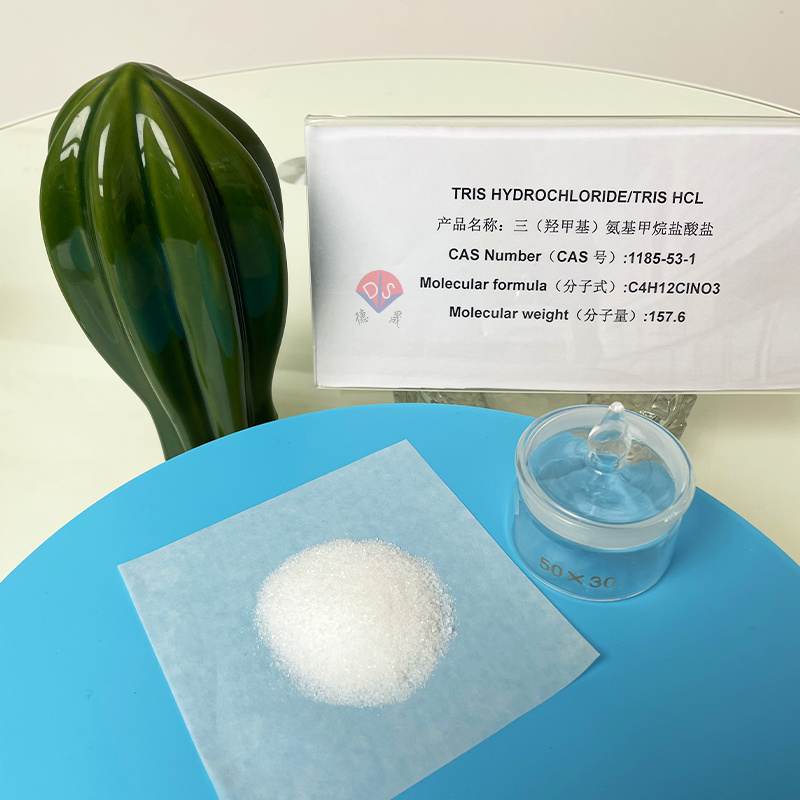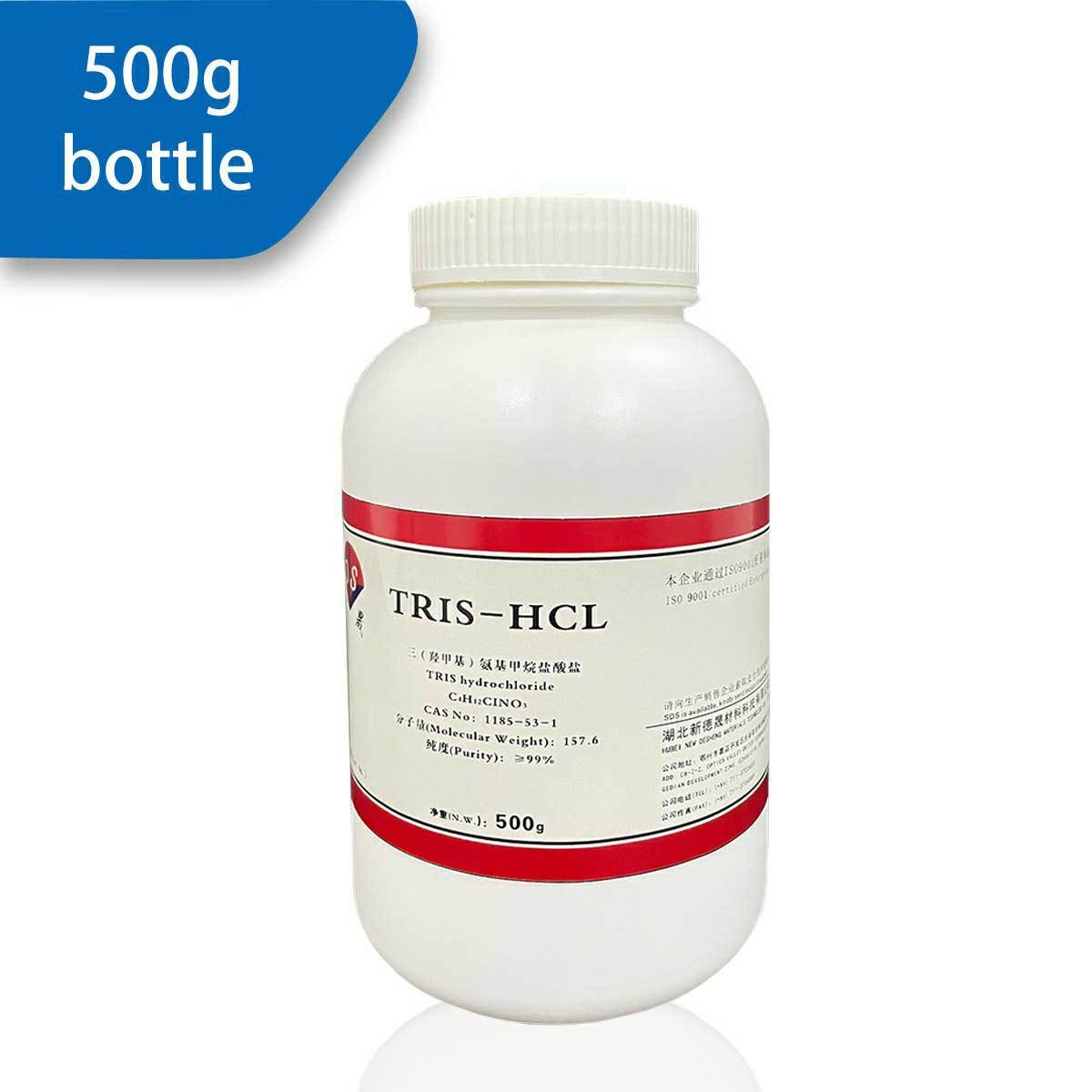Do not do these things as the buffer solution of trihydroxymethylaminomethane hydrochloride is prone to volatilization
Release time:
2025-08-08
Tris HCl buffer solution is widely used in various experimental fields such as biochemistry and molecular biology. It can maintain the pH stability of the reaction system and ensure the smooth progress of the experiment. However, Tris HCl buffer has a volatile property, which requires its storage and use. If operated improperly, it will not only affect the performance of the buffer solution, but may also lead to experimental result deviation. Let's talk about what not to do when using Tris HCl buffer.

Tris HCl buffer
Neglecting sealed storage
1. Open placement: The moisture and some components in Tris HCl buffer are volatile. If the buffer is left open, water will gradually evaporate, causing an increase in buffer concentration and a change in pH. Always seal the container containing Tris HCl buffer solution promptly after use.
2. Use inferior sealed containers: Some containers with poor quality cannot guarantee their sealing performance. Even if it appears to be sealed, there may still be tiny gaps that allow air to enter and cause the buffer to evaporate. For example, some cheap plastic bottles may not have a tight fit between the bottle cap and body, and after prolonged storage, Tris HCl buffer solution is prone to spoilage due to volatilization. Reliable and well sealed containers should be used to store buffer solutions, such as glass bottles with rubber gaskets or professional sealed plastic containers.
Unreasonable temperature environment
When the buffer solution is in a high-temperature environment, not only does the evaporation of water intensify, but some of its components may also be lost due to thermal decomposition or evaporation. For example, in summer, if the buffer solution is placed in a place with direct sunlight or high temperature, it may cause a large amount of its components to evaporate in a short period of time, resulting in a significant decrease in buffering performance. A sharp change in temperature can also have adverse effects on Tris HCl buffer. When the buffer solution rapidly transfers from a low-temperature environment to a high-temperature environment, or vice versa, pressure changes may occur inside the container, which may cause the seal to be damaged and accelerate evaporation. For example, immediately placing the buffer solution on a high-temperature experimental platform after removing it from the refrigerator, or suddenly freezing the buffer solution at room temperature in the refrigerator, may cause such problems. Therefore, when transferring buffer solution, it should be adapted to changes in environmental temperature as much as possible, and it can be placed in a transitional environment for a period of time first.
Improper retrieval operation
1. Non drying tools: When using Tris HCl buffer, if the tools used (such as pipettes, droppers, etc.) are not dry and contain moisture or other impurities, they may not only dilute the buffer, but also introduce pollutants, affecting the stability and pH value of the buffer. Moreover, damp tools may result in residual buffer solution on the surface of the tool, increasing the volatilization area and accelerating volatilization. Therefore, before using the buffer solution, it is essential to ensure that the tool used is dry and clean.
2. Failure to seal in a timely manner after use: During the process of using buffer solution, if the container is not sealed in a timely manner, even if it is only briefly opened, it will create opportunities for volatilization. After each use, the container should be quickly sealed to reduce the contact time between the buffer solution and air. For example, when taking buffer solution multiple times in a row, if the interval between each use is long and not sealed, the volatilization will gradually accumulate, affecting the quality of the buffer solution.

Product packaging
Mixed with volatile substances
Tris HCl buffer should not be stored together with highly volatile reagents. For example, volatile reagents such as concentrated hydrochloric acid and concentrated ammonia water may produce gases that react chemically with Tris HCl buffer solution, changing the composition and pH value of the buffer solution. During storage, Tris HCl buffer should be stored separately from volatile reagents and placed in different reagent cabinets.
As a Tris HCl buffer raw material manufacturer, Hubei Xindesheng produces Tris HCl buffer raw materials with high purity and strong stability, ensuring the performance of the buffer solution. And the company strictly controls the quality, going through multiple precision testing processes from raw material screening to finished product delivery. With a professional team, we provide customers with technical support and thoughtful services. If you have purchasing intentions, please feel free to contact us at any time!
Contact details
Contact number
Address: C8, Guanggu United Science and Technology City, Ezhou City, Hubei Province
Fax:0711-3704 589
Follow us



